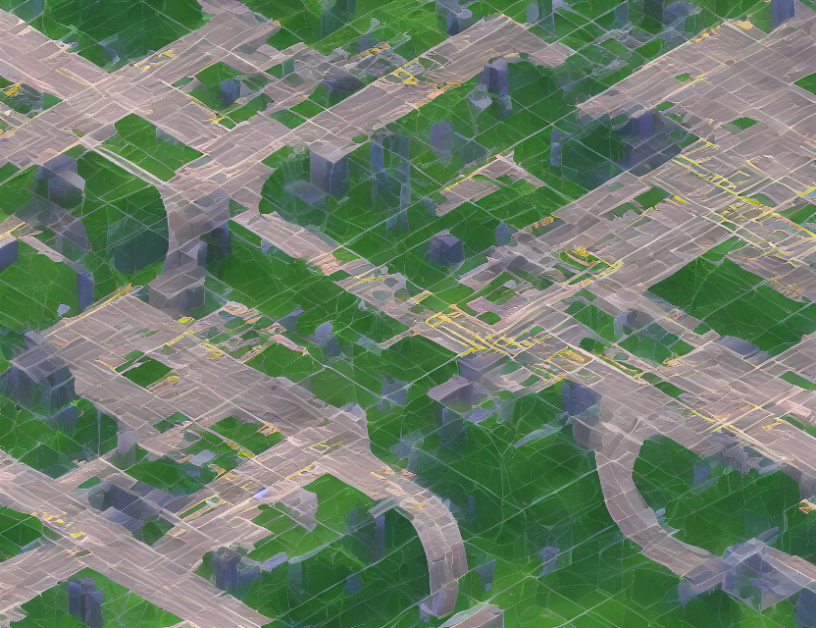In the world of deep learning, one of the biggest challenges is something called "catastrophic forgetting." It’s like trying to build a skyscraper with Jenga blocks – every time you add a new block (task), the old ones start to crumble. To solve this problem, researchers have come up with a new approach called "information bottleneck."
Imagine you’re packing your suitcase for a trip. You want to make sure you only bring the essentials, so you can avoid overloading it with unnecessary items. Deep neural networks work in a similar way – they compress information into smaller and more important parts, like a game of Tetris. But unlike a real Tetris game, deep neural networks don’t have a built-in way to eliminate the redundant parts. This is where information bottleneck comes in.
Information bottleneck is like a digital Tetris game that helps deep neural networks identify and remove unnecessary parts, allowing them to focus on the most important features. By compressing the network into smaller and more efficient parts, it improves performance and reduces the risk of forgetting old tasks. It’s like training your brain to only remember the important stuff – you can still recall the details of a memory, but the unnecessary parts fade away.
The researchers tested their approach on several deep neural networks and found that they could reduce the number of weights by 90% while maintaining performance. It’s like downsizing your wardrobe without losing any important pieces – you can still have all your favorite clothes, but with less clutter.
The study also showed that information bottleneck can help deep neural networks learn new tasks faster and better. It’s like training a new muscle – at first, it might be weak, but with consistent exercise, it can grow stronger over time. By removing redundant parts, the network can focus on the new task and adapt quickly.
In summary, information bottleneck is a novel approach to reducing redundancy in deep neural networks, which helps improve performance, reduce forgetting, and speed up learning of new tasks. It’s like a digital Tetris game for your brain – it helps you focus on the important stuff and eliminate unnecessary parts, allowing you to learn and remember better.
Computer Science, Machine Learning
Reducing Redundancy in Sub-Networks via Information Bottleneck



